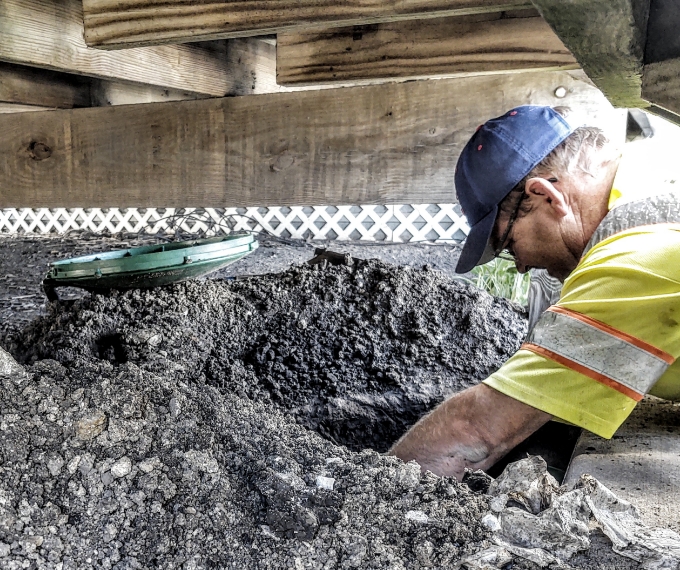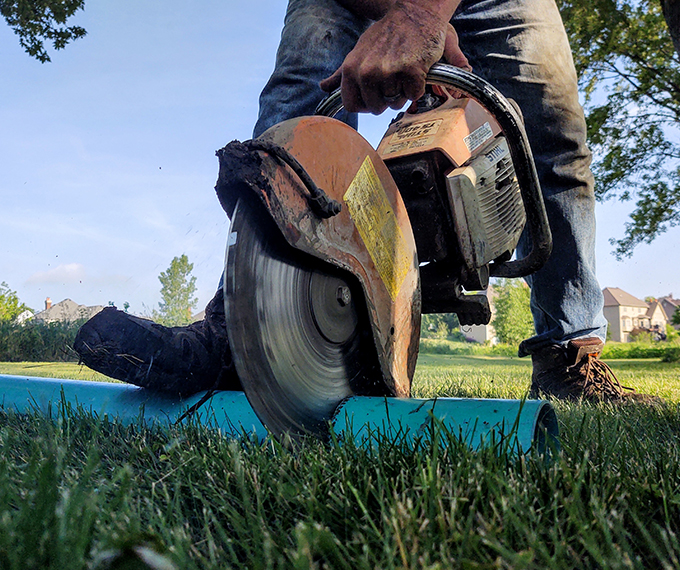OUR SERVICES
Fast Service, Advanced Equipment, & over 60 Years of experience. Reliable & Affordable.Installation & Repair
Septic Services
Other Services
Septic System Repair
Septic systems usually go largely unnoticed until something goes wrong. Your septic system handles all sorts of bacteria and other substances that can compromise the health of your family and pets if not properly treated. Regular maintenance of your septic system is essential to its adequate function and delays in repairs can have serious consequences.We repair the following types of septic systems:
- Conventional system
- Aerobic Treatment Unit System
- Gravity System
- Mound Septic System
FAQ's
How Can I Tell When My Septic System Needs Repair?
Our Suggested Solution
There are really only 2 solutions that will fix a failing septic field.
“Terra-lifting” or otherwise known as “Soil Shaking” is a process that can rejuvenate the Septic System by blowing apart the bio-mat that is the cause of the failure and by fracturing the soil to allow the water to soak into the ground once again. See our video to see the process. The average cost can range from $3000 to $4000 for this process.
The other solution is a new septic system. If the old field is too full of sludge, the “Soil Shaking” process will not work and a new field will be required. The average cost can range anywhere from $6,000 to $18,000 depending on your specific situation.
A wet spot above the tank can be a result of a couple things. First and usually it is a clog in the pipe between the tank and the first box. This clog is almost always a failure in the cast iron pipe. When a tank hole is dug, it is always bigger than the tank itself resulting in an “over-dig” between the wall of the tank and the dirt. Years ago, they used a strong pipe made of “cast iron” to bridge this over-dig so that it wouldn’t collapse during the settling of the over-dig. Cast Iron is the only pipe that corrodes so bad that it completely clogs as the pipe starts to break down due to age. Kind of like a clogged artery.
Our Suggested Solution
The solution is to replace that pipe. Rodding or jetting the pipe is only a temporary repair and can actually damage the pipe further by thinning the sidewalls out to the point where it will completely collapse in the near future. You will then need to replace it anyway and you will end up spending money twice to fix the same problem.
Secondly, depending on the individual septic design, it can be a failure of the septic field and the lowest point or easiest exit point is at the tank. This is usually not the case. This would require a new field or rejuvenation.
This is almost never a problem with the septic system. The septic tank always smells. And there are devices in your plumbing to stop the smell from coming back into your house. Every sink, toilet, shower, floor drain and laundry has a “P-Trap” This is a gooseneck piece of pipe that is always full of water. The water stops the odor from coming back into the house. When you are getting an odor, (usually in winter when the air is drier) it is a result of one of the traps drying out and allowing the air to escape along with the odor.
Our Suggested Solution
Simply dump a gallon or so of water down the drain of the fixture that is not used very often. This will block the gases from coming into the house. The usual culprits are floor drains and showers that aren’t used very often. Another trick is to also add about a Tablespoon of vegetable oil down that drain after filling it with water. The oil will float to the top and create a barrier to stop the water from evaporating.
This is usually the result of a clog in the septic tank. Today’s toilet paper is much thicker and stronger than the days of old. It takes much longer for it to dissolve and break down in the septic tank. If the paper cannot break down fast enough, then it will build up in the tank eventually clogging the inlet of the tank causing it to back up in the house.
Our Suggested Solution
Simply get your tank pumped out. A plumber might be needed if the clog has occurred in the pipe inside the house, but usually it is right at the beginning of the tank and can be easily removed by opening the inlet of the septic tank and pumping it out.
These are the most common problems found with septic systems. As always, there can be other problems that occur. You can call our technician who will guide you through the steps to solving your individual septic problems.





